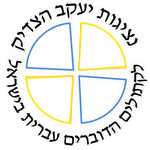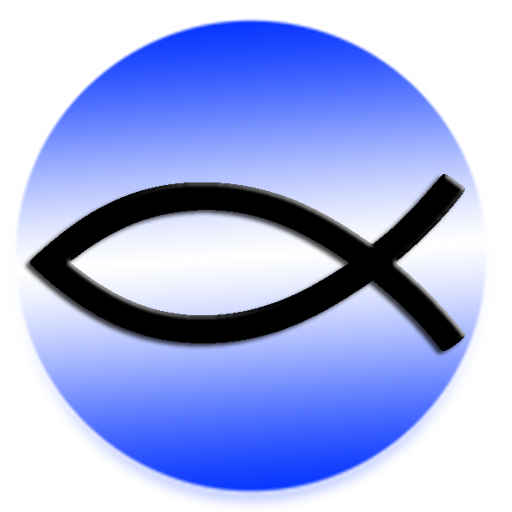Ziv: Parashat Trumah 2
Each week, Gad Barnea or Sister Agnès de la Croix (from the Community of the Beatitudes) proposes a reflection on the portion of the Pentateuch that is read in the synagogue (parashat hashavua). This week the portion is from Exodus 25:1-27:19 with the haftarah (additional reading) from 1 Kings 5:26-6:13. They call their reflection “ziv” – a ray of light.
![]()
So that I may dwell among them.
In the previous parasha we saw that the sanctuary that Moses built resembles a little mountain. It is an image of Mount Sinai that will follow the children of Israel throughout their time in the wilderness. It contains the ten words that are usually translated as “Ten commandments”, even if this translation is less correct. This sanctuary is built in order that “I (the Lord) will dwell among them”. The work of construction is in a certain way connected to the Shabbat: on this day, it is forbidden to do precisely thirty-nine kinds of work that are all related to the construction of the sanctuary and any kind of work that may be associated with them. For example: making fire is prohibited, cooking is also prohibited, sewing, or cutting paper is not allowed as well… The commandment, the “mishkan” (sanctuary) and the Shabbat are thus connected, they represent three ways to continue the experience of mount Sinai, three modalities of existence of the children of Israel: the daily and concrete practice of the commandments, the cult at the sanctuary, and the Shabbat, which is like a sanctuary built in time. Later on, with the construction of the Temple of Solomon in Jerusalem, and after the return from exile, a Torah scroll will be kept in the Holy of Holies, as a memorial for the Ten Commandments received at Sinai. A table made of gold will be prepared, with twelve loaves of bread on it, which will be replaced every Shabbat. This kind of work is permitted on this day. These loaves of bread will be a sign of the benediction that is coming out from the sanctuary. They represent the daily food necessary for every human being. The message is that liturgy should not be celebrated while someone misses his daily nutrition. This is why the practice of the commandments is essential. We find here the same idea as was developed last week: the Sanhedrin, a tribunal that is tasked with judging the people, is near the sanctuary; so too, the table with the bread serves as a sign that everyone should be fed. It is not possible to serve in the sanctuary without practicing what is demanded so often by the prophets: justice for everyone and making sure that everybody has enough to eat, by sharing food.
According to another tradition, the dwelling was built on the tenth of Tishrei, the day of Kippur (atonement). Sin may break the relationship between the people and the Holy one, as we shall see after the sin of the golden calf, even if the event took place after the building of the sanctuary, it will a sign of forgiveness of sins.
The readers of Ziv will remember that there is a parallel between the description of the construction of the tent in the desert, and creation: the Hebrews are now walking with a mobile microcosm, a “tent of witness” to proclaim that the whole universe is a sanctuary, a place to practice mercy. This is the teaching of the desert, which will endure forever. Shabbat shalom.












 Reflecting on Purim and on Lent
Reflecting on Purim and on Lent Rosh HaShana – the Feast of God the Father
Rosh HaShana – the Feast of God the Father Four Words For the Easter Season
Four Words For the Easter Season Ash Wednesday of T. S. Elliot
Ash Wednesday of T. S. Elliot Holy Wednesday
Holy Wednesday Epiphany – the light will conquer the darkness
Epiphany – the light will conquer the darkness